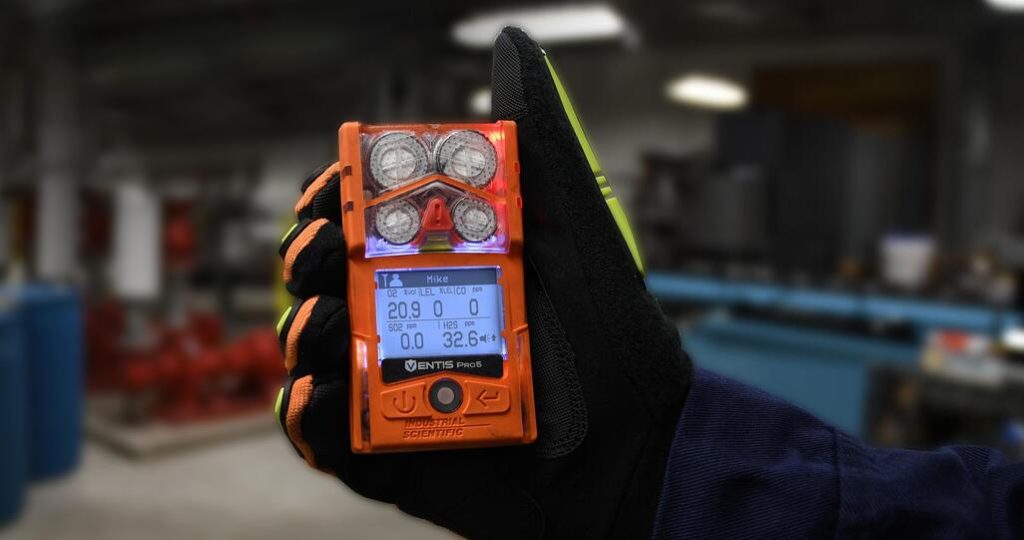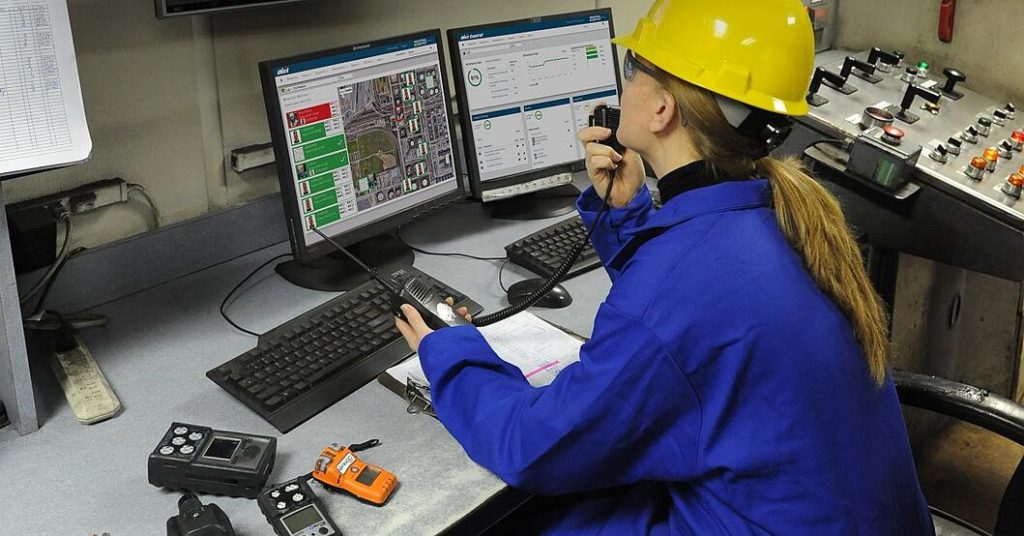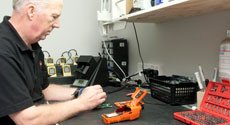
Live gas detection monitoring allows control room operators to monitor the status of a portable gas detector fleet in real time while being used.
The term “real-time detection” is not new to the industrial hygiene and safety community, with industrial hygienists and safety professionals having dealt with live gas detection monitoring devices for over 200 years.
The canary in the coal mine
The canary in the cage is a very rudimentary example of an early portable, live gas detection monitor for indicating the lack of oxygen or presence of poisonous gases. Very simply, if the canary was alive, so were you. It doesn’t get much more real time than that.
A tradition dating back to 1911
The use of canaries in coal mines to detect carbon monoxide and other toxic gases before they hurt humans is a mining tradition that dates back to 1911. This tradition lasted for 75 years, coming to an end on 30 December 1986 when new plans from the British government declared that electronic gas detectors would replace canaries, according to the BBC.
The first recorded gas detector
As a brief but interesting aside, in the early 1800s we have the first recorded gas detector. A person wearing a wet blanket and carrying a burning wick would move through the mine. If there was a pocket of methane, the wick would ignite. The damp blanket kept the tester safe most of the time.
It adds a new dimension to ‘live gas detection monitoring’ when the human monitor usually, but not always, lived. Not very compliant with today’s health & safety standards!
Flame safety lamps
The flame safety lamp added a slightly more quantitative element to gas detection than the purely qualitative canary, with the level of the flame giving some indication of the concentration of oxygen or methane in the atmosphere.
If the flame burned higher, they knew the area contained methane. If the flame burned lower or died out, miners knew the area lacked oxygen.
To quote Jeff Probst from the television series Survivor, “Fire represents your life. When your fire’s gone, so are you.”
From a live gas detection monitoring standpoint, the flame safety lamp really was as crude and simple as that.
Live gas detection monitoring with the ‘electronic nose’
In the 1980s, real-time detection became synonymous with electronic gas detection monitors – described by the BBC at the time as the electronic nose.
Live gas detection monitoring: Striking a balance between visibility & complexity
Real-time gas detection certainly provides a more precise indicator of hazardous conditions than canaries and flames, and a more efficient process than old-school analytical methods of collecting air samples, sending them to a lab and then waiting for results.
Still, a number of applications dismiss the value of real-time detection. Many would argue, for example, that analytical methods like collecting samples and sending them to a lab are the only acceptable means of performing personal gas exposure assessments. These arguments ignore that time is of the essence and lives may hang in the balance.
The problem with real-time monitoring from portable gas detectors is that it may give the user too much information, creating too much of an opportunity for complacency and human error that can lead to tragedy.
Very rarely today is there a straightforward go/no-go decision involving a portable gas detector. Users need to be trained on how to react when their gas monitor enters a low-alarm condition, and then what to do if it extends to a high-alarm condition.
What do you to do if your detector reaches a TWA or STEL condition for a toxic gas? Unfortunately, too often the instinct is to push through to finish the job when conditions are just over the alarm threshold. After all – there’s work to be done, and users are accustomed to regular beeping and flashing.
Datalogging monitors are intended to provide more information on the environment. A review of stored data often reveals hazards and alarm conditions that may have resulted in “near misses,” conditions which often go unrecognised or unreported because safety specialists lack visibility into what’s really happening in the field.
In follow-up investigations and interviews, users rarely remember the instrument going into alarm, what they were doing at the time, or where they were doing it.
Put simply, it’s difficult to eliminate hazards when the details behind them are lost in the data. Which brings us to the pinnacle of live gas detection monitoring today.

Real-time detection today: The benefits of live gas detection monitoring
Live gas detection monitoring brings an added dimension to real-time gas detection. Wireless interfaces in portable instruments like the Ventis® Pro5 allow control room operators or other safety personnel to remotely monitor gas detection equipment in the field in real time with software like iNet® Now. They can view the status of portable gas detection equipment while it is being used, much like fixed gas detector systems.
A remote monitoring centre can see where a gas detection instrument is being used, who is using it and what conditions the monitor is currently being used in.
Safety professionals or trained control room operators with higher decision-making capability can see trending readings from monitors and be notified immediately when hazardous conditions appear. They can then pull workers from the field, summon help, or notify emergency response personnel accordingly.
Expanding real-time gas detection to include live gas detection monitoring adds another layer of safety to users and reduces the decision-making burden on them.
Live monitoring with a complete gas detection solution, such as the Ventis Pro5 and iNet Now, helps answer the questions of what, when, and where regarding real-time detection. It is a giant step up toward the pinnacle on the hierarchy of safety.
Learn more about how to bring live gas detection monitoring to your situation…
- Fill out the “Enquire Here” form below
- Ph (06) 758-3030 ext 2 » (click to call)
- Email us »
- Visit our Contact page »
Enquire Here…
A version of this article first appeared at Industrial Scientific’s blog “The Monitor” here. Republished with permission.


